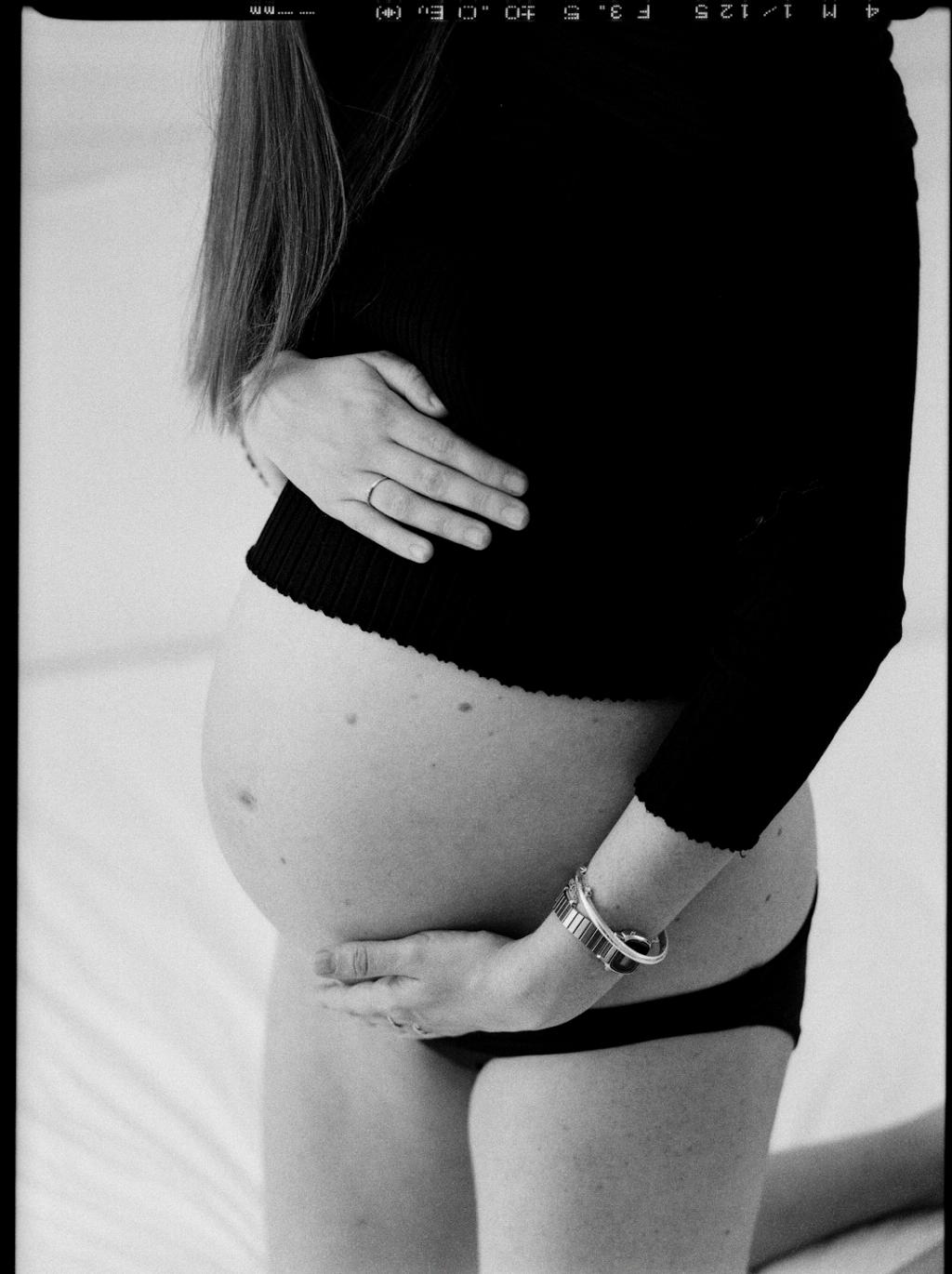For many new mothers, the journey into motherhood comes with a set of challenges that can affect their physical well-being. One common issue that women face after giving birth is postpartum incontinence. This condition refers to the inability to control bladder function, leading to urine leakage, particularly when coughing, sneezing, or laughing.
Postpartum incontinence is primarily attributed to the strain that pregnancy and childbirth put on a woman’s body. Throughout pregnancy, the expanding uterus exerts pressure on the pelvic floor muscles, leading to their weakening. These muscles play a crucial role in maintaining urinary control, and when they are weakened, it can result in urine leakage.
Furthermore, the process of giving birth can further impact the strength and integrity of the pelvic floor muscles. The stretching and potential tearing of these muscles during childbirth can exacerbate the issue of postpartum incontinence. It’s essential for new mothers to understand that these changes are a normal part of the postpartum experience and that help is available to manage this condition.
It’s important to note that postpartum incontinence is a common occurrence and affects many new mothers to varying degrees. While some women may experience mild symptoms that resolve on their own, others may require intervention to improve their bladder control. If you find yourself struggling with postpartum incontinence, know that you are not alone, and there are solutions available to help you regain control.
One of the key factors contributing to postpartum incontinence is the impact of pregnancy hormones on the body. During pregnancy, hormonal changes can affect the connective tissues and muscles that support the bladder and pelvic floor. These changes can lead to decreased muscle tone and coordination, making it challenging to maintain bladder control postpartum.
Furthermore, the process of childbirth, particularly vaginal delivery, can directly affect the pelvic floor muscles. The stretching and potential damage to these muscles during delivery can weaken their ability to provide adequate support for the bladder and urinary system. This weakening can manifest as postpartum incontinence, making it difficult for women to hold their pee effectively.
It’s crucial for new mothers to prioritize their pelvic floor health both during and after pregnancy. Engaging in pelvic floor exercises, also known as Kegel exercises, can help strengthen the muscles that support bladder control. These exercises involve contracting and relaxing the pelvic floor muscles to improve their strength and function, ultimately aiding in the management of postpartum incontinence.
In addition to pelvic floor exercises, maintaining a healthy lifestyle postpartum can also benefit bladder control. Eating a balanced diet, staying hydrated, and avoiding excessive caffeine and alcohol consumption can all contribute to better urinary function. It’s essential to be mindful of your pelvic health and take proactive steps to address any issues that arise after childbirth.
For some women, postpartum incontinence may persist despite these measures, requiring further intervention. Consulting with a healthcare provider, such as a gynecologist or urologist, can help determine the best course of action to manage postpartum incontinence effectively. Treatment options may range from physical therapy and lifestyle modifications to medications or surgical procedures, depending on the severity of the condition.
It’s essential for new mothers to prioritize self-care and seek support when dealing with postpartum incontinence. Remember that this condition is a common and treatable issue that many women experience after giving birth. By addressing the underlying causes and implementing targeted interventions, you can regain control over your bladder function and improve your quality of life postpartum.

